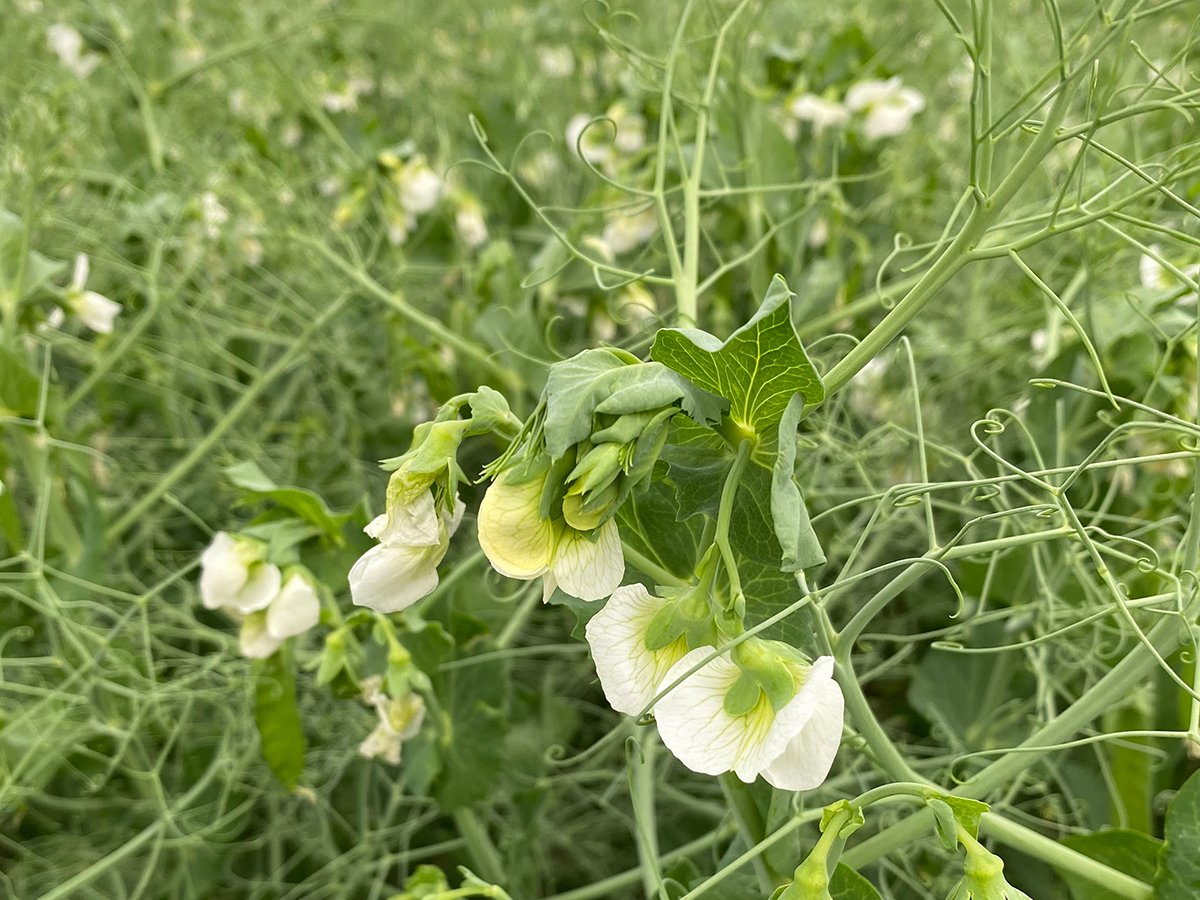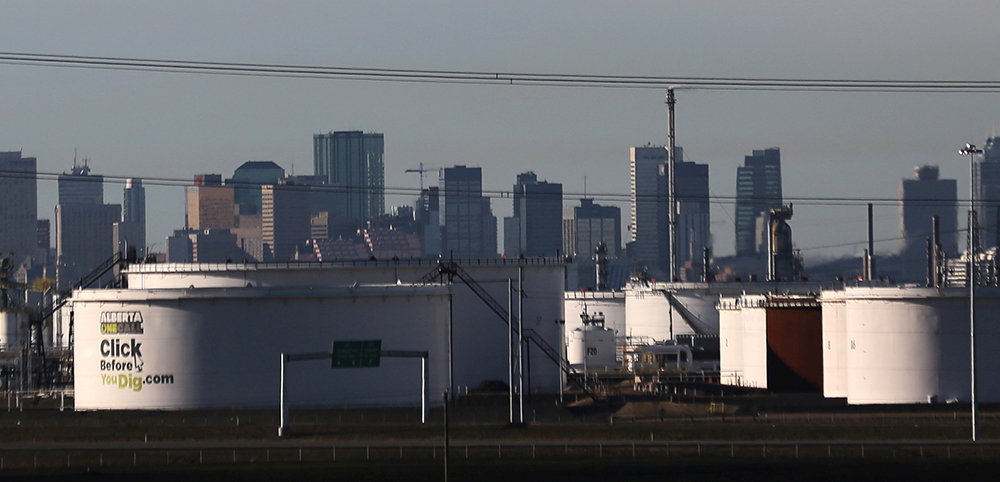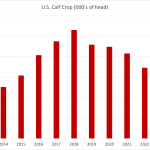Vegetable oils have led the way for the oilseed complex for months but have recently weakened.
However, even as the oil component fell, the prices of soybeans and canola have held fairly steady.
From Nov. 15 to Dec. 15 January canola futures fell 1.3 percent, February soybeans gained 0.4 percent while February soy oil fell 7.8 percent.
Strong soymeal prices helped to stabilize soybeans and the exceptionally tight supply of canola helped keep its price well supported.
But it is worthwhile to investigate the reason for the turnaround in vegetable oils.
Read Also

Pulse fractionation business expected to soon get a boost
Louis Dreyfus Company will soon be producing pea protein isolate at its new plant under construction in Yorkton
Soy oil futures saw their highest price of the fall set in mid-October at more than US63 cents per pound but then fell back a bit before taking a big hit at the end of November when the world learned of the new, more transmissible Omicron variant of COVID-19.
Renewed pandemic worries shook all markets for a few days and releases of crude oil from the U.S. national reserves also weighed on petroleum.
But then confidence was partly restored as more information became available, leading to hopes that Omicron might not cause as many hospitalizations as the Delta variant, although that is not yet certain.
I would have assumed that soy oil’s main reason for decline was the drop in crude oil caused by Omicron worries.
But crude bottomed out on Dec. 2 and then partly recovered while soy oil kept falling until Dec. 15 when it posted a slight recovery.
What else is putting downward pressure on soy oil?
Palm oil prices have retreated a little from the all-time highs they hit in mid-November.
For a few months now analysts have expected that palm production in Indonesia and Malaysia will start to recover in 2022, easing what has been a global shortage.
Also, recent data showed that Malaysia’s palm exports in the first half of December were lower than in the same period in November.
Another factor weighing on palm oil was a forecast showing India’s winter rapeseed crop could reach 10 million to 11 million tonnes this year, up from 8.5 million last year. That raised the possibility that India might import less palm oil.
These factors have helped palm oil edge back from record high prices levels, but the news is not all negative for values.
As I noted, analysts expect improving production in 2022, but they say the real increase will happen mostly in the second half of the year, raising the potential for continuing exceptional values through this winter.
Now let’s look at U.S. soy oil.
A strong U.S. soy crush pace earlier this fall had led to rising monthly soy oil stocks, which was one reason for weakness in soy oil prices in November
But the numbers on soybean crushing for November, released Dec. 15, were slightly supportive to soy oil prices.
Soy oil stocks at the end of November were slightly lower than expected. It was the first stock decline since June. Also, the oil yield from the beans crushed was the lowest since February.
Some analysts said the decline in soy oil stocks showed that demand from new renewable diesel plants was starting to be felt.
One of the reasons that soy oil prices were so strong earlier this fall was that the trade expected the amount of soy oil that would go into renewable diesel would sharply increase as the new fuel plants started to come online.
We’ll see if that comes true.
As I’ve noted, vegetable oil values are affected by several factors, but I shouldn’t ignore the influence of the crude oil market, which is uncertain and full of conflicting news and viewpoints.
Soaring Omicron cases are hitting holiday travel plans, which could lower demand for petroleum products.
As recently as last month there were forecasts that declining worries about COVID would push up demand for crude and overwhelm supply leading to crude prices topping $100. Omicron has put that idea on the back burner.
Still, market bulls also noted that the U.S. on Dec. 16 reported that American demand for oil in the week ending Dec. 10 hit a new record high causing a big drop in the domestic oil stockpile.
OPEC+, the Organization of Petroleum Exporting Countries plus Russia, plans to increase production by another 400,000 barrels per day in January but has said it would trim that increase if oil prices start collapsing.
Crude prices will continue to be volatile until we get a better handle on how much Omicron will damage economies and travel.















